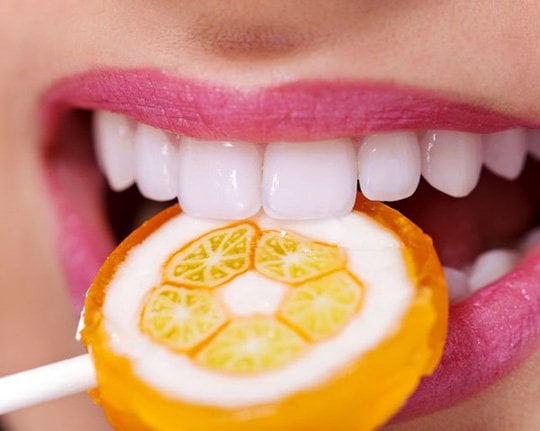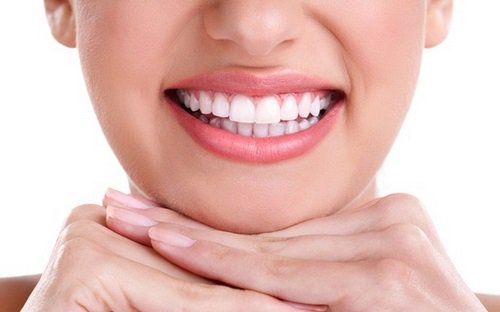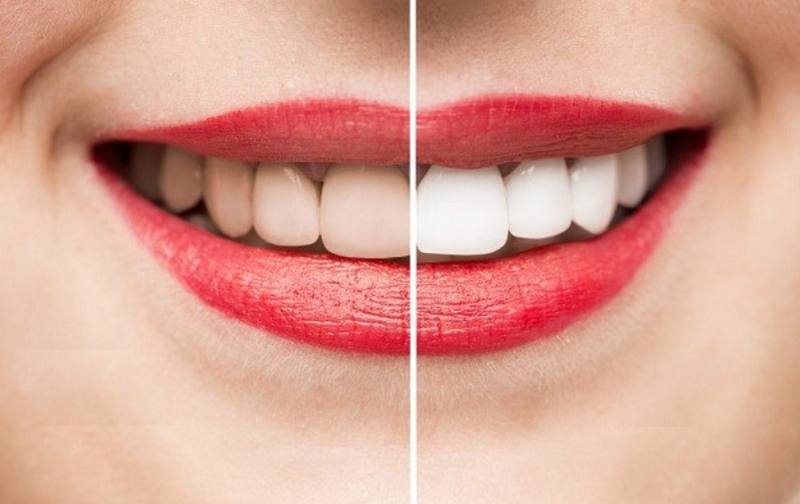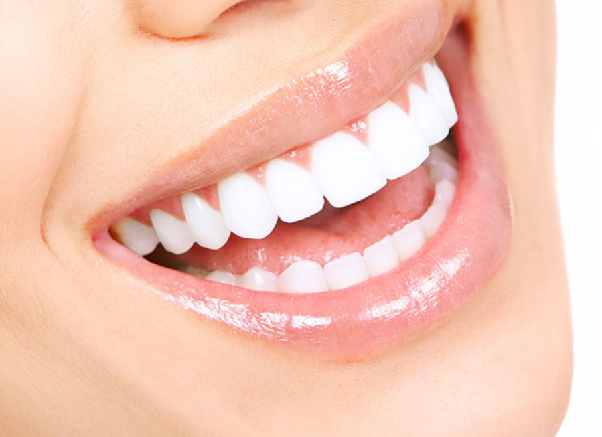Kojic Acid: Side Effects and Benefits
This is an automatically translated article.
Kojic acid is a natural metabolite produced by fungi that inhibits tyrosinase activity in melanin synthesis. The main applications of kojic acid in cosmetics are based on its antioxidant, antiproliferative, anti-inflammatory, UV protection, and skin lightening properties.
1. What is Kojic Acid?
The name kojic acid is derived from "Koji", which is a chemical product obtained from various fungi such as A. flavus, A. oryzae, A. tamarii and A. parasiticus. Kojic acid is also created from the fermentation of certain Asian foods (e.g. soy sauce and rice wine), acting as a fungal bait or tissue culture agent.
The chemical structure of Kojic Acid was determined to be 5-hydroxy-2-hydroxymethyl-γ-pyron. Some species of fungi are capable of producing Kojic Acid in large quantities but with advances in genetic engineering, it is possible to alter their ability to achieve higher yields. Accordingly, the aim is to provide a large quantity of kojic acid in cosmetics, as a skin-whitening agent, skin-lightening agent or skin-depleting agent used in various cosmetic formulations.
2. What are the characteristics and applications of kojic acid in cosmetics?
The most important uses of kojic acid in cosmetics are as follows:
As a bleaching agent and to protect the skin against the effects of ultraviolet rays in cosmetic products. As a teeth whitening ingredient in oral care products. Several studies have been performed to evaluate the mechanism of pigmentation reduction and the safety of kojic acid in cosmetics. Accordingly, the best recommended concentration range for topical kojic acid preparations is 1% or less to ensure efficacy and safety.
In patients with photosensitive melasma who received a cream therapy containing 1% kojic acid for 6 months, the results showed a significant improvement in skin color. High transepidermal kojic acid diffusion significantly reduces the amount of melanin produced. Even patients with melasma who used 1% kojic acid cream were followed for 2 years and no significant adverse events or reactions were noted.
Therefore, today, new pigment reducing agents such as kojic acid are increasingly known as commercial cosmetic products, needing an abundant supply in the future.
Besides that, another benefit of kojic acid has been showing antibacterial properties that can kill some common bacteria (e.g. acne-causing bacteria) even in small dilutions. Studies have also shown that kojic acid has the ability to fight fungi that live and cause disease on the skin.
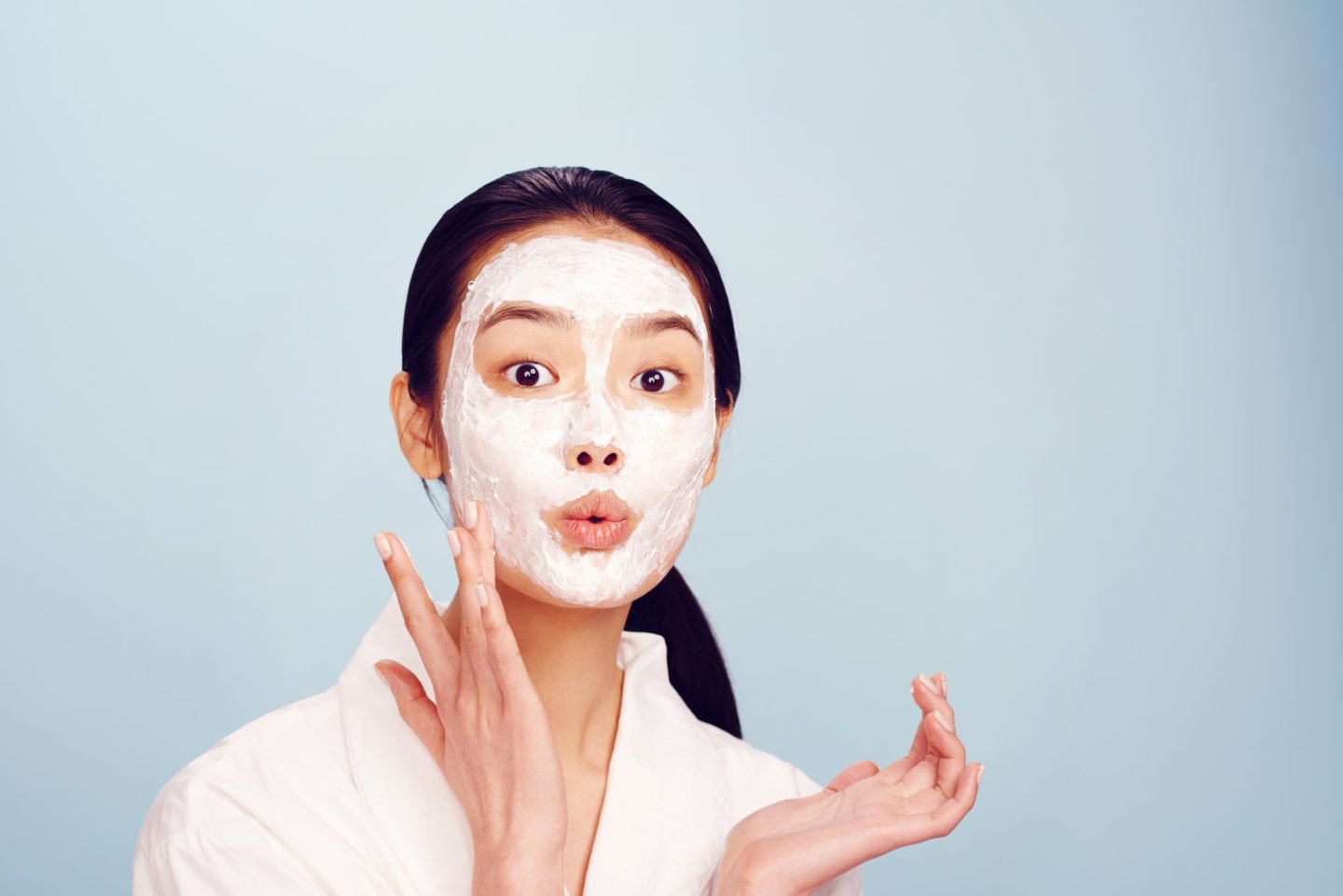
Axit Kojic được ứng dụng trong lĩnh vực làm đẹp
3. Possible side effects when using kojic acid
In addition to the benefits, a number of adverse reactions may also be associated with kojic acid when used in cosmetic products.
Among them, contact dermatitis (especially on people with sensitive skin) is the main side effect of kojic acid. Manifestations of contact dermatitis when using kojic acid are irritation, rash, dermatitis, itching, and pain. However, these side effects can be observed in cases of improper use of kojic acid, abuse of kojic acid such as taking in concentrations higher than 1%.
Another side effect that can appear with long-term use of kojic acid is sunburn in people with sensitive skin. In addition, there is some evidence that kojic acid can also lead to skin cancer on damaged skin. However, further studies are still needed to determine other potential benefits or risks of kojic acid.
In general, kojic acid is quite popular with applications in different purposes, especially cosmetics with skin whitening products, teeth whitening. Therefore, the presence of kojic acid is found in whitening creams, lotions and bleaching soaps as well as in dental and medical care products. However, it is necessary to use kojic acid at the recommended concentration in order to achieve its effectiveness and safety for the skin.
Refer to the article on the website of Vinmec International General Hospital for more information about beauty as well as health care knowledge at different ages.
Please dial HOTLINE for more information or register for an appointment HERE. Download MyVinmec app to make appointments faster and to manage your bookings easily.
References: healthline.com - medicalnewstoday.com - sciencedirect.com
This article is written for readers from Sài Gòn, Hà Nội, Hồ Chí Minh, Phú Quốc, Nha Trang, Hạ Long, Hải Phòng, Đà Nẵng.

